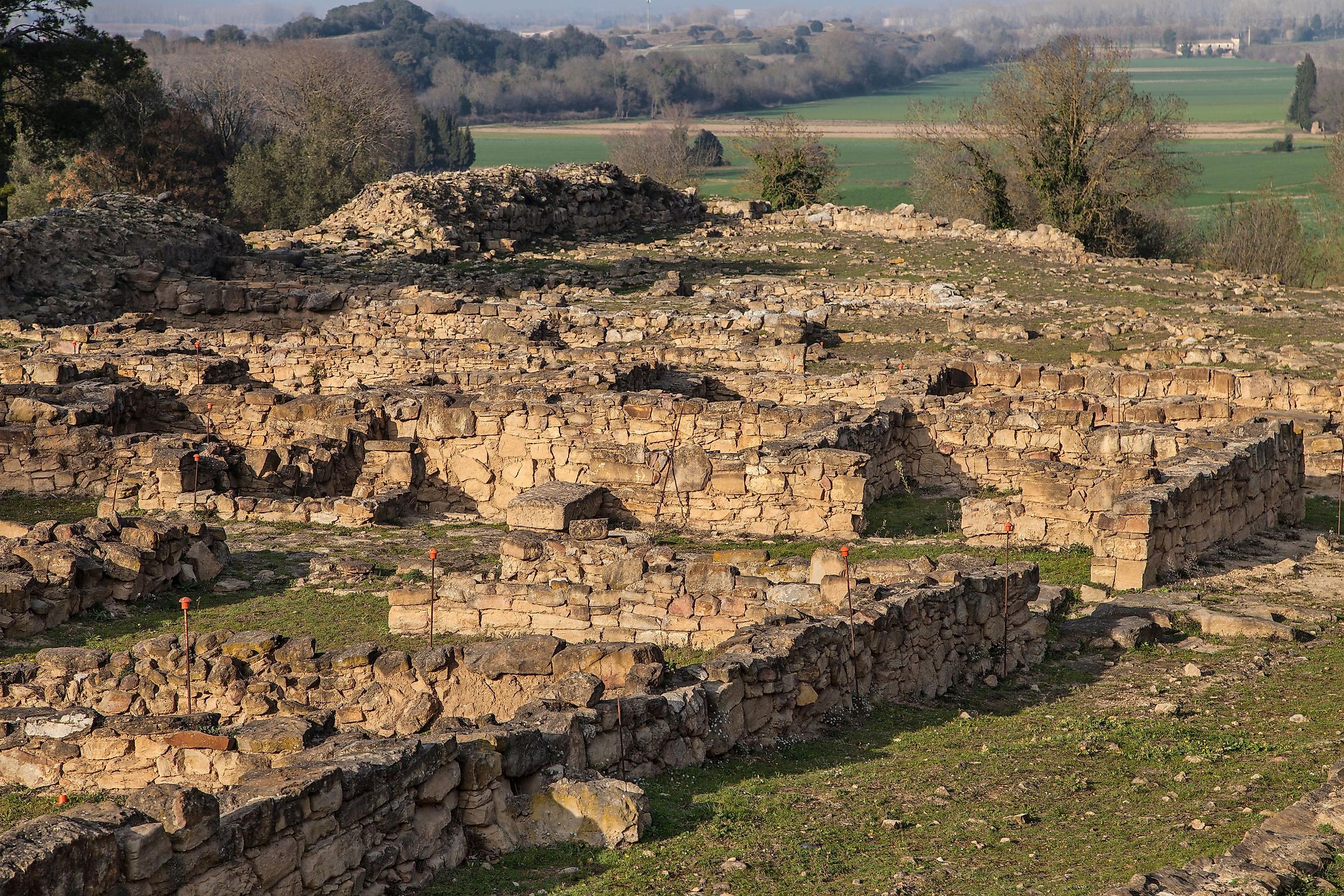
The Great Abandoned Iberian City of Ullastret
When someone mentions Spain's historical sites, you might call to mind the towering Alhambra, or you may picture the intricate aqueduct of Segovia. But far off the beaten path and not readily found on Internet forums lies the mysterious abandoned city of Ullastret. Located in beautiful Catalonia, this archaeological site offers a fascinating glimpse into the lives of the Iberians.
The Iberians: A Unified People
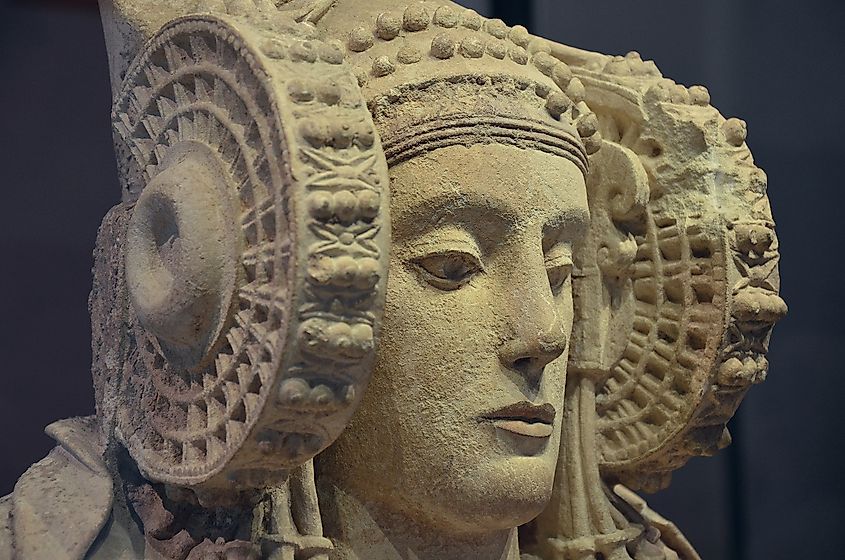
The Iberians, a set of tribes who occupied the Iberian Peninsula between the 7th to 1st century BCE, formed several settlements, including Ullastret, after arriving in Catalonia during the Bronze Age.
The tribes shared linguistic and cultural traits and were exceptionally skilled artisans. Excavations in Ullastret have unearthed gorgeously intricate sculptures, ceramics, and even metallurgical artifacts. Most notably, the Iberians' stone and terracotta sculptures portrayed humans and animals with a unique stylistic flair. This approach to their art combined realism with abstraction. The Iberians often imported ceramics from other civilizations, including the Greeks and Phoenicians. They added geometric patterns and symbols to these ceramics, reflecting external influences and their indigenous artistic style.
The Architectural Grandeur Of Ullastret
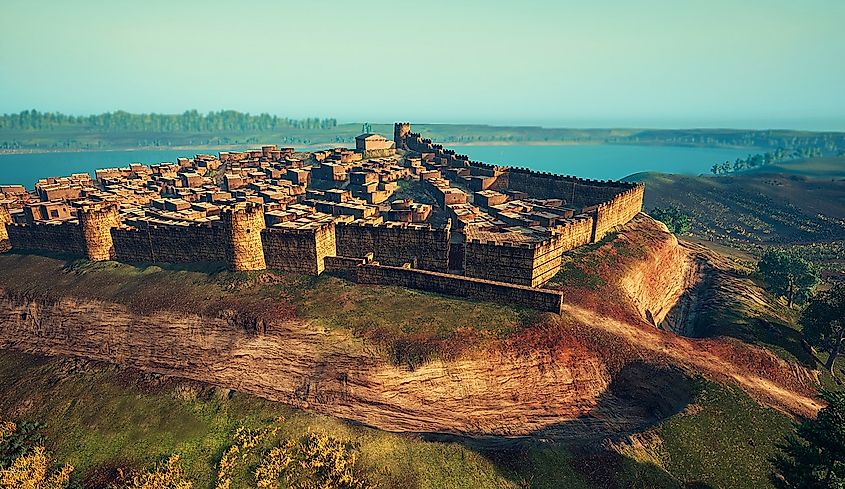
Beyond their artistic prowess, the Iberians had impressive architectural skills. Ullastret's fortifications are still one of its most outstanding features. The city once stood surrounded by massive stone walls, some portions of which still stand tall. These walls were meant to protect Ullastret against outside forces and doubled as symbols of the Iberians' dominance in the region.
Inside the city walls, advanced architectural planning saw mudbrick and stone houses erected along well-organized streets. The manner in which they laid out the streets indicates that the Iberians had a deep understanding of urban planning. The remains of storage pits and silos are evidence of an agrarian economy. The Iberians also understood the concept of sanitation, as made clear by the complex drainage systems within the city.
Cultural Practices And Spirituality In Ullastret
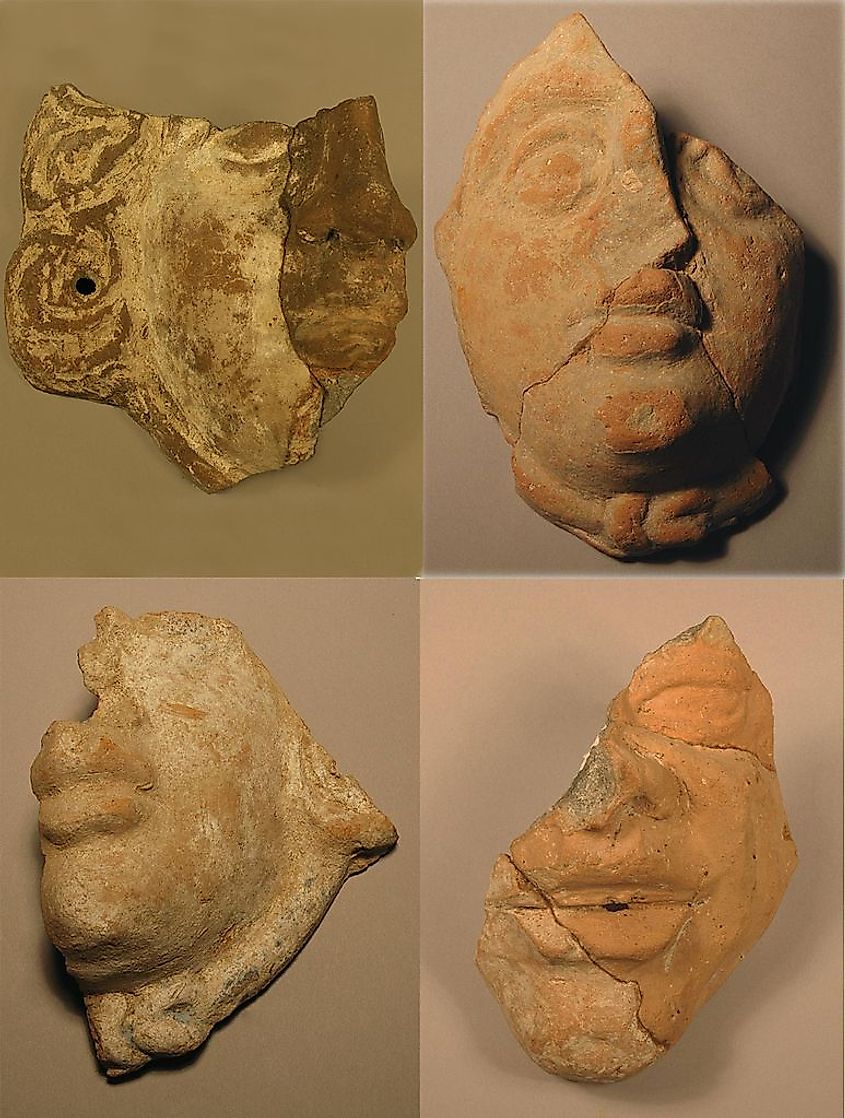
Archeologists discovered the ruins of several religious sanctuaries in Ullastret. The Iberians decorated these places of worship with statues and votive offerings. The discovery of the sites helped provide insight into the spiritual and ritualistic practices of the Iberians. Researchers and historians now know deeply this culture is connected with its deities, some of whom were associated with natural elements like water, earth, and the sun. The Iberians performed rituals and held festivals, including ceremonies, to appease the gods. These festivals sometimes marked the changing seasons or celebrated significant life events.
Daily Life And Trade Inside Ullastret
The Iberians didn't isolate themselves within the walls of Ullastret. The Greek ceramics and Phoenician artifacts are indicative of a thriving trade network. Additionally, the city's proximity to the ocean played a crucial role in its economic prosperity. The Iberians facilitated trade routes and established connections with other Mediterranean civilizations. Archaeologists found proof of a diet rich in grains, lentils, and beans, with the occasional meat. They also found agricultural tools in Ullastret, which point to the cultivation of crops, further highlighting the importance of farming in the city.
The Social And Political Landscape Of Ullastret
On top of being a hub of economic, architectural, and artistic activity, Ullastret was a major component in the political arena of the Iberian tribes. The fortified walls and strategic position of the settlement illustrated its importance in the defense against enemies. It also highlighted the dominance of Ullastret in regional politics. Additionally, burial site excavations indicate a hierarchical society. Some of the tombs excavated contained opulent items, while others contained only simple goods. This tradition hints at social stratification based on roles such as farmers, artisans, priests, and farmers.
Why Was Ullastret Abandoned?
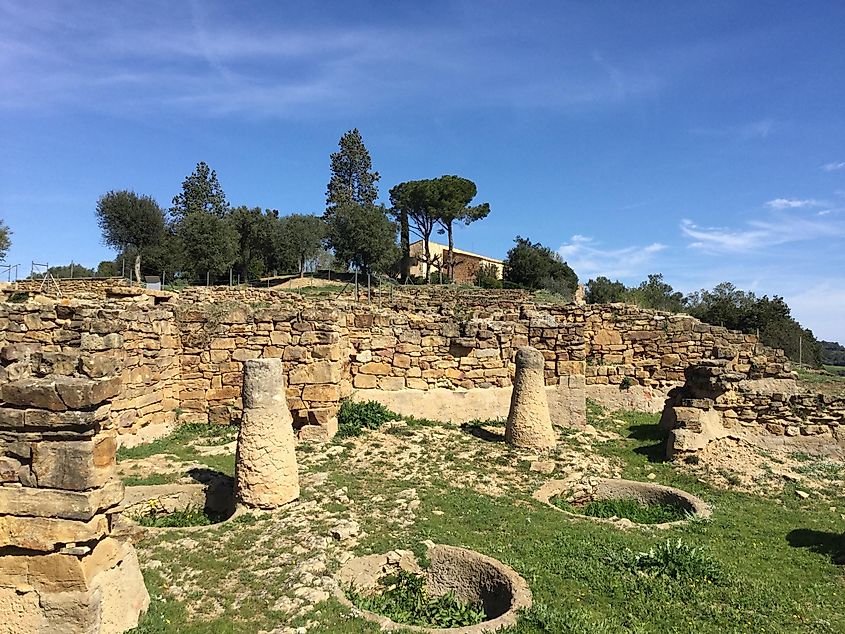
Despite Ullastret's grandeur and significant position, the Iberians abandoned it around the 2nd or 3rd century BCE. The reasons for this are not entirely clear. Some historians believe that swift Roman expansion may have pressured the Iberians to seek another home. Others believe economic factors or even internal strife between tribe members may have played a role.
There is also a possible connection between the Second Punic War and the abandonment of Ullastret. The conflict, raging from 218 to 201 BC, was the second of three major wars between Carthage and Rome. These two powers battled for the top ruling spot in the western Mediterranean. During the war, Hannibal, the famous Carthaginian general, journeyed with elephants over the Alps to invade Rome. As part of the strategic landscape, the Iberian Peninsula became an inevitable battleground, especially because of its rich resources.
In 218 BC, as the war continued, the Romans landed in Empuries. They aimed to cut off Hannibal's supply route, which effectively made the region surrounding Ullastret a war zone. Because Ullastret was one of the most significant Iron Age sites in Catalonia, it likely became a point of contention during the war. The aftermath of the Second Punic War saw huge shifts in territorial control and socio-political landscapes. The Romans began consolidating their presence and power in the Iberian Peninsula, which likely placed increasing pressure on local settlements. The Iberians gradually lost control over their cities, Ullastret being one of them.
While archeologists haven't discovered a direct link between the war and the abandonment of Ullastret, the timelines and Roman expansion in the region suggest a definite connection. Also, the 2023 discovery of a gateway to the lower part of Ullastret, in the middle of a dried-up lake in Spain, further impressed the historical importance of this city. This means it would have been inevitably affected by the changes in the political and territorial dynamics of the Iberian Peninsula. While the war theory makes a lot of sense, some historians think the Iberians left Ullastret because of environmental changes. A shift in climate or the over-exploitation of natural resources could have made the region less habitable, leading to the migration of its inhabitants.
The Legacy Of Ullastret
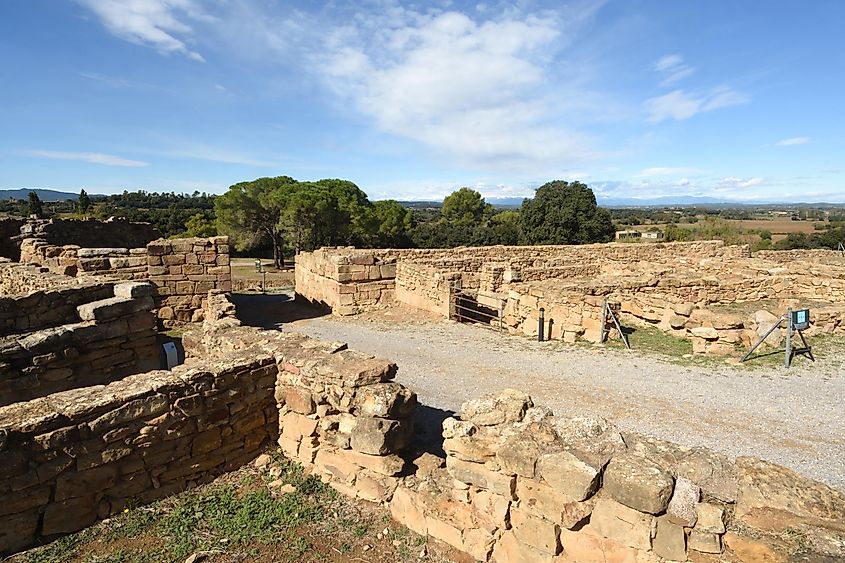
Although only the ruins of Ullastret remain, the legacy of this once-great city is still palpable in modern Catalonia. The influence of the Iberian people shines through in the art, culture, and language here. Many Catalonian traditions, festivals, and artistic expressions have their roots in the Iberian civilization. Also, the preservation efforts here have made Ullastret the center of archaeological and historical research. Scholars worldwide flock to this site, aiming to unearth its mysteries and further our understanding of the Iberian culture.
There is also an on-site museum within the ruins where visitors can view an impressive collection of Iberian artifacts up close. These artifacts include jewelry, pottery, and weapons. They paint a vivid picture of Ullastret's longtime inhabitants and their daily lives. Guided tours provide a comprehensive understanding of the site and ruins and aim to instill a deeper appreciation for the Iberian tribes.
Ullastret is so much more than just another ancient ruins site. It is a portal to a time when different civilizations graced the Iberian Peninsula, leaving their unique mark on the land. And while the city of Ullastret may have been abandoned for several centuries, its stories and mysteries continue to captivate hearts and minds worldwide.











